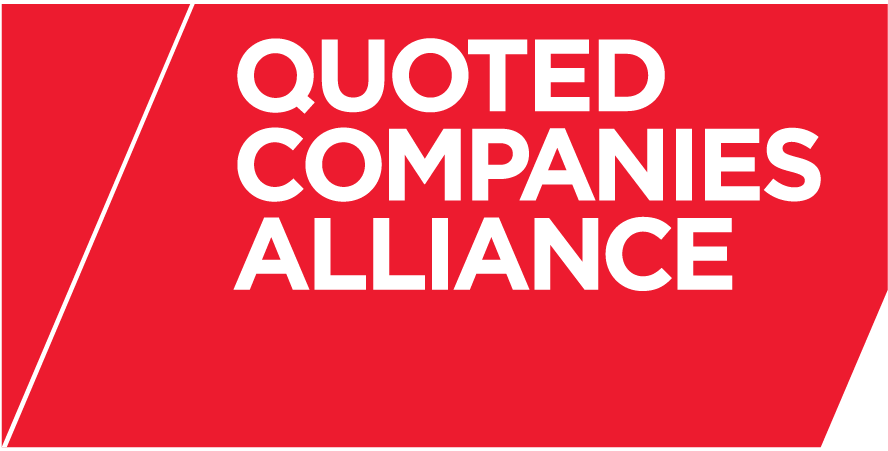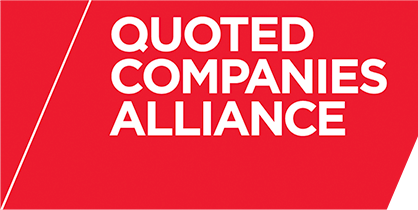Picture the scene. You’re ready to cruise through the yearly annual general meeting (AGM), you’re expecting a few stakeholders to show up purely for the sarnies and you fear the most exciting part of your day will be the post AGM drinks. All of a sudden you realise it’s not going to be all plain sailing. A disgruntled stakeholder is making waves that have finally caught your attention.
Help is at hand
Stakeholder unrest is a way for investors, members, creditors or other stakeholders to flex their muscles and demand that you engage. Organisations large and small should take to heart the need to talk to and listen to their stakeholders so that they don’t end up with battle lines drawn, leadership resignations or picking up the pieces afterwards. The last thing you want is the embarrassment of an AGM that hits stormy waters or gets blown off course.
Chief Executive Officers (CEOs) and Finance Directors (FDs) who want to avoid energy-sapping skirmishes can draw from a four-point kitbag to put themselves on the front foot, selecting tools based on the amount of time available. Forward planning helps smooth the way and reduces the risk of a public drubbing. In addition, it creates an opportunity to make your shareholders cheerleaders for your company.
Tool Number 1 – Close Engagement
Dialogue matters. Planned, long-term engagement puts companies in the driving seat. Ongoing, regular dialogue with shareholders creates an atmosphere of understanding and builds trust. It enables directors to inspire confidence in the company and in the integrity of the executive team as you set expectations and educate investors about the value drivers of your business. Now is the time to build that trust.
Tool Number 2 – All hands on deck
If directors want to manage their company’s profile, it’s essential to understand stakeholders’ opinions about the company, the leadership team and the strategy so that you can ensure no nasty surprises at a vote. The importance of encouraging your full leadership team to communicate and listen to stakeholders proactively can’t be over estimated, especially when major players may be voicing legitimate concerns or disappointment over performance.
Businesses should devote time to communicating with shareholders, listening to them and understanding them, preferably before things get stormy. Even for those with a good record, continuous proactive engagement is a powerful tool because it enables the board to take stock of a business’s current positioning in the eyes of the investment audience and it drives out those areas which need attention. It comes into its own ahead of a key vote when a board wants to test stakeholder mood, with time to act on the findings.
Tool Number 3 – Damage limitation
Prevention is better than a cure. If you can identify the cause of the headwinds, consider going in for an early engagement in private to listen to their views and underlying concerns, however trivial they may seem at first. Being heard may be all that is needed to avoid disruption at the AGM, particularly if you can commit to some follow-up action.
Tool Number 4 – Run a tight ship
If you fear that one person will dominate the floor and filibuster their way through the meeting, it can be difficult to regain control of your AGM. If you sense that a storm is brewing, plotting a steady course may help you manage the meeting. Although uncomfortable, the disruptive person may be voicing legitimate concerns. Running a tight AGM ship will enable the issues to be raised and addressed. At the start of the next AGM, your chair can ask members to approve ground rules. Such rules could include being recognised by the chairman before speaking, speaking only once regarding each agenda item, and limiting each speech to a short, defined period.
Conclusion
CEOs and FDs have some great weapons in their kitbag which they can use, becoming organised like a military campaign, to create winning strategies without hostilities. Communication is crucial. Proactive, high levels of engagement and understanding are essential. Alignment of management strategy and stakeholder interest is the guiding principle.
This article was written by Rachel Maguire, Chief Executive Officer at Arko Iris, for Finance and Management magazine. For more information, please contact Rachel Maguire.

